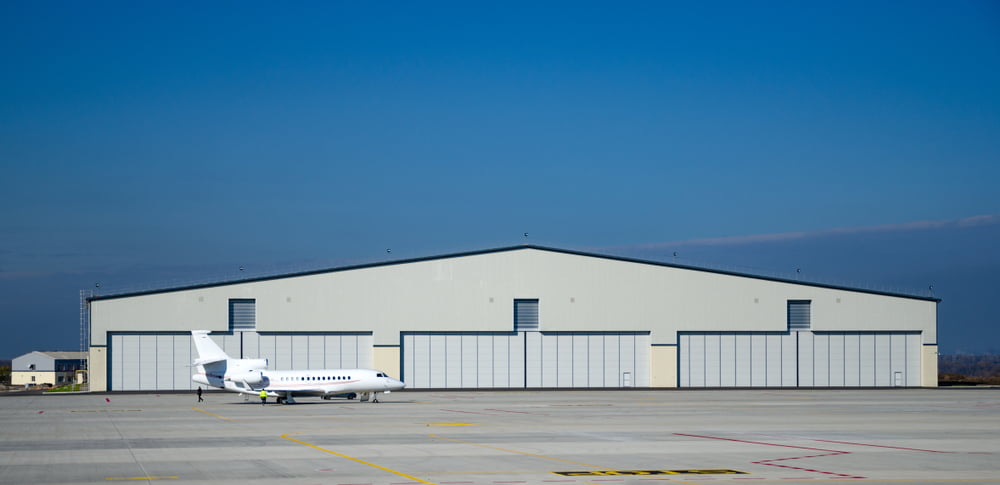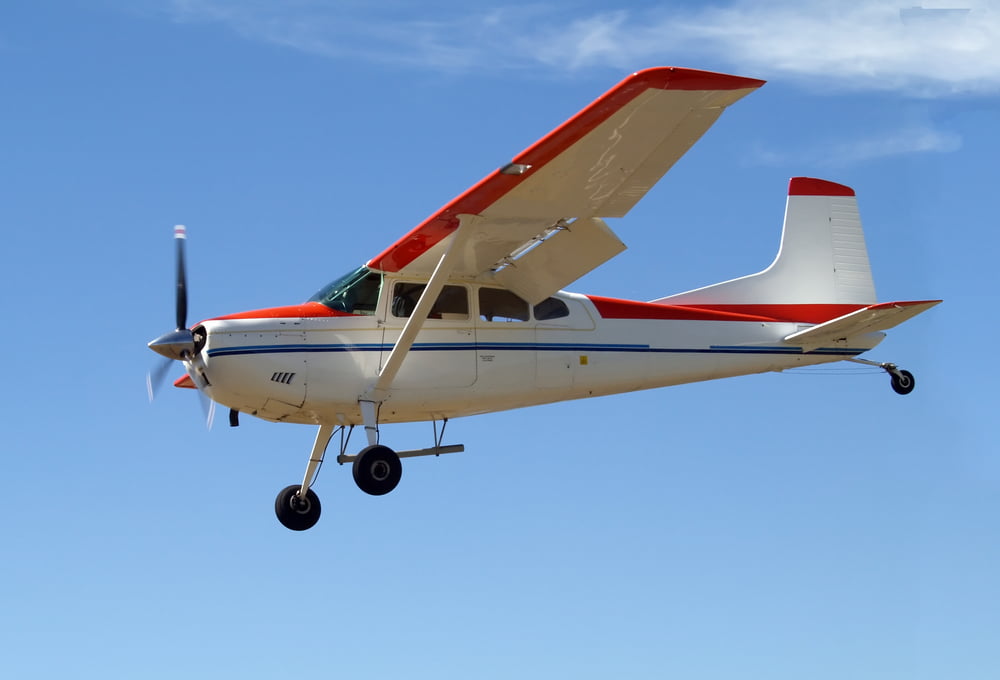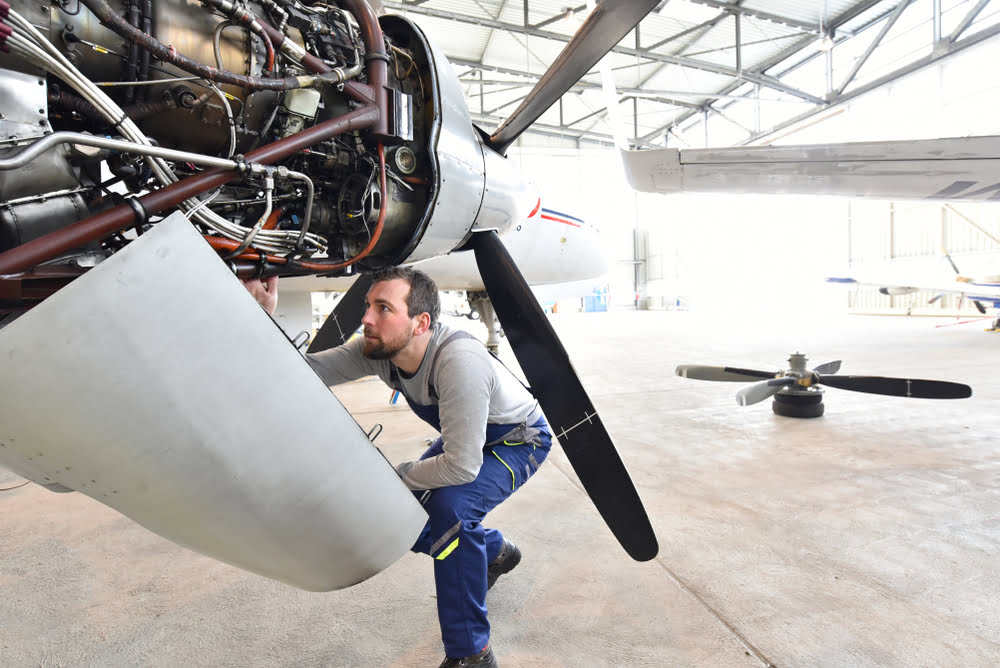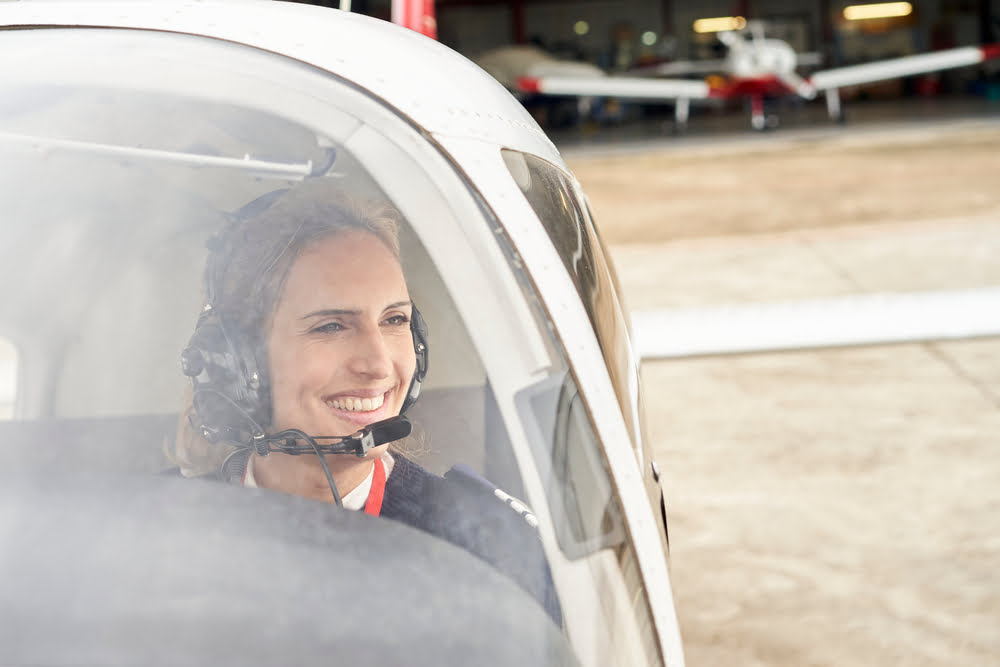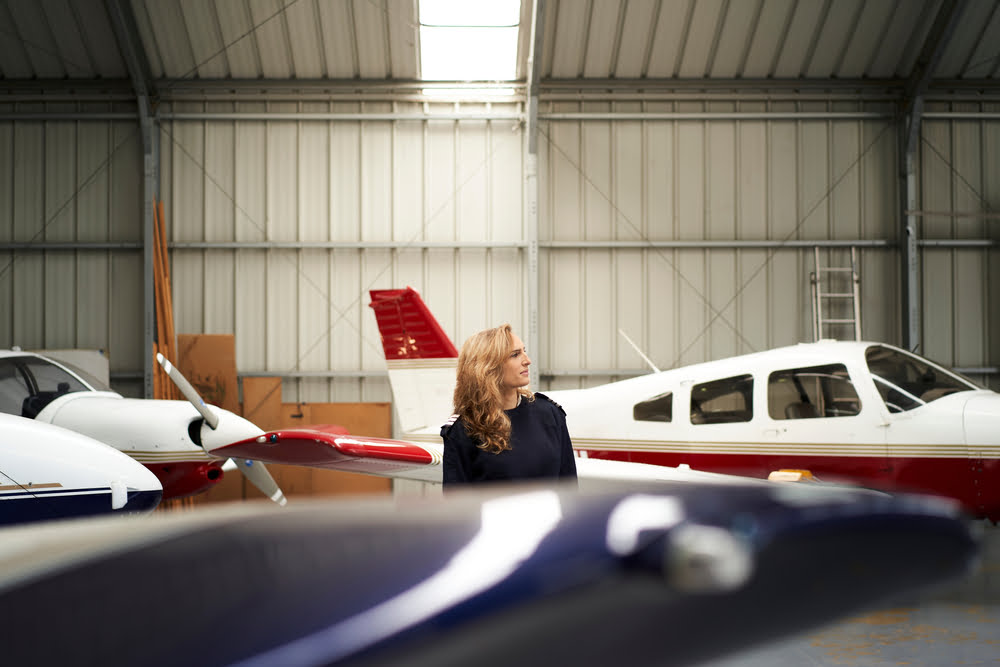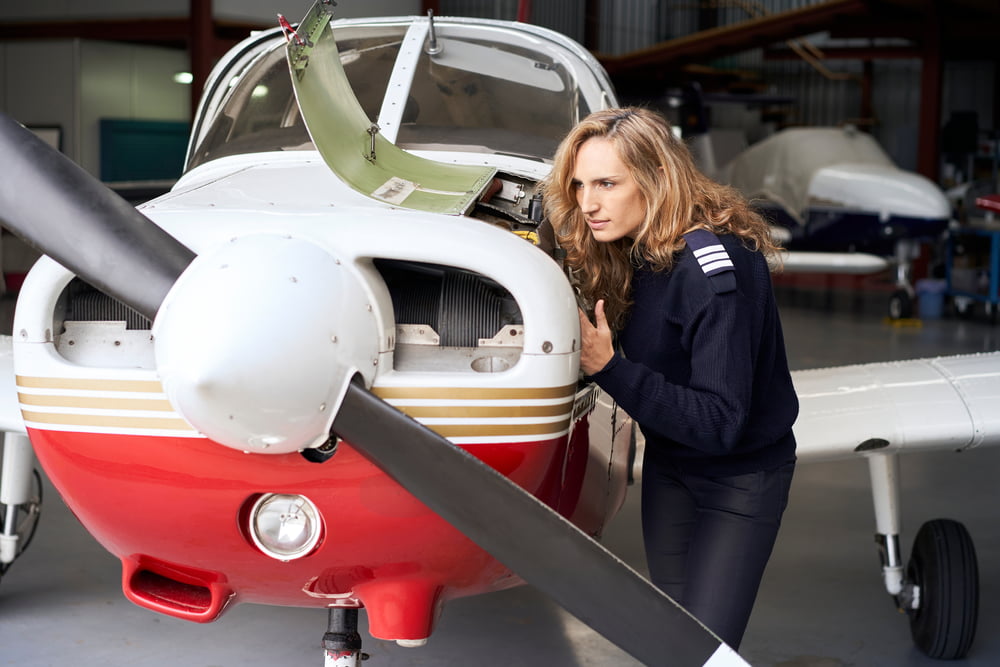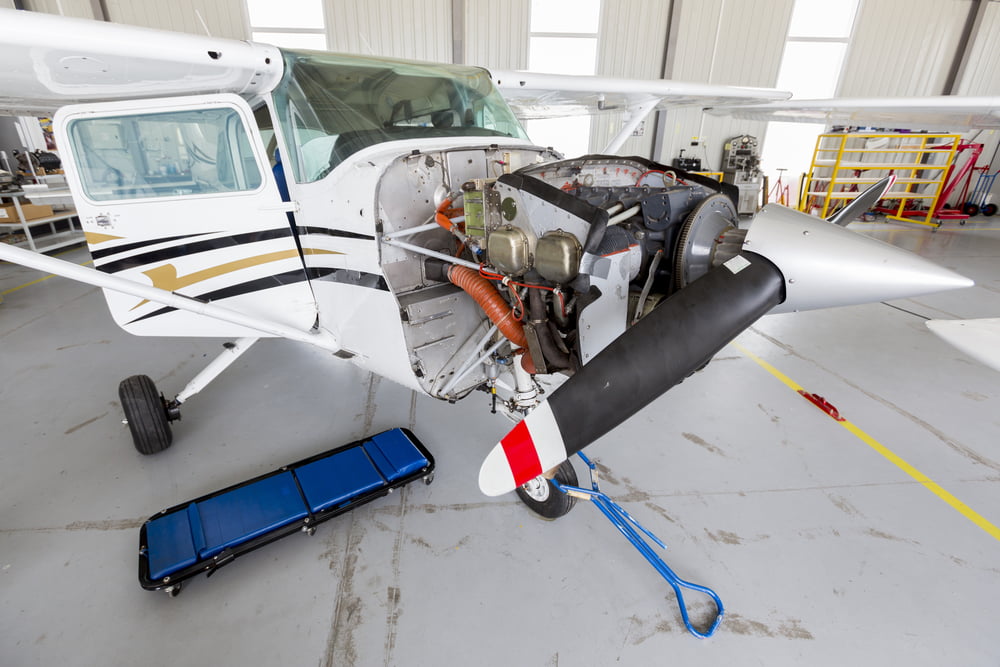
Think of your airplane the same way you think of one of your other most prized possessions. Whether it’s a classic car, boat, a piece of antique furniture, or rare comic books or sports cards, they all have one thing in common: If you want to preserve their value and maximize their return on investment, you have to take care of them. When it comes to your aircraft, one of the easiest ways to keep it looking great is to regularly wash it so it can look as nice as it flies. Think of this post as a complete airplane wash guide, as cleaning and washing it is something that you can do yourself if you know what to do. Here’s a closer look at reasons to wash your aircraft, how to clean your aircraft, and more. We should note that you can also have your aircraft serviced by J.A. Air Center or anyone else who performs aircraft detailing services. So why should you be regularly cleaning your aircraft? Outside of taking pride in ownership of it and wanting to ensure it looks great, there are several other reasons why it’s important to keep your aircraft clean. Here are a few key reasons to wash your airplane per the recommended once-every-three to six months schedule: Like any type of craft or vehicle, the more you fly an airplane, the dirtier it’s going to get. Over time, things like dirt, debris, oil, bug guts, salt, and more will accumulate on the exterior of your aircraft. You might not think that dirt and debris buildup could affect the aerodynamics of your plane, but you might be surprised. The more dirt and debris that builds up, the less aerodynamic it will be. Buildup can also have an impact on the weight of your aircraft. Regular aircraft cleaning is also ideal for maintaining exterior parts and preventing corrosion. Corrosion isn’t something that can be reversed, but its progress can be slowed if you know it’s happening. Additionally, spotting corrosion early can help pilots implement inexpensive fixes before the issue becomes worse and costs more to repair. Most general aviation aircraft do not come with windshield wipers. Nor do they have wiper fluid that can be blasted on the windshield when vision becomes obstructed. It’s part of the reason why routine cleanings are so important – to ensure visibility is the best that it can be for the pilot who is flying the plane. Dirty or smudged windshields can reduce visibility and potentially lead to safety issues. Just because it’s worth mentioning again, you can’t underestimate what routine cleanings will do for the appearance of your aircraft. As we talked about in the introduction, it’s important to take care of the possessions that you value most – and chances are your airplane is right up there at the top of the list. Putting in the time and effort to make sure it looks great at all times can go a long way toward its overall appearance. While you can’t go wrong washing the entire aircraft, some areas are more important to pay attention to than others. Here’s a look at some areas of the aircraft you don’t want to skip when you’re cleaning it: The Pitot Static system The wings (both above and below) The underbelly of the aircraft (in addition to dirt and debris buildup, many aircraft expel exhaust in this area, which may further soil it) The tail Now that we’ve discussed the importance of washing your plane and the parts to pay special attention to, let’s cover how to clean your plane. First, a look at some no-nos. Never use a power or pressure washer to clean your plane. Also, avoid any abrasive pads or stiff-bristled brushes. We also suggest staying away from any buffer or polishing machines and products that contain dish soap, bleach, or ammonia. All you’ll need to give your aircraft a good, thorough wash is a hose, bucket, alkaline-free soap, a glass cleaner, and a de-greaser. If you have any doubts about what types of cleaning products are appropriate, contact the manufacturer or speak with an expert for advice. We also suggest a microfiber cloth and some basic PPE, like gloves and safety glasses, to stay protected. There are three types of aircraft cleaning: wet wash, dry wash, and polishing. In this space, we’ll take a closer look at the wet wash step-by-step cleaning directions: First, mix soap with water in the cleaning bucket and then pour this mix into a spray bottle. Use the spray bottle with the soap mixture and spray small areas around the aircraft. Take the Microfiber cloth and soak it in the bucket with the soap/water mix. Use back-and-forth strokes around the aircraft to remove dirt and debris. Rinse the cloth periodically so it’s free of dirt and debris and continue cleaning around the aircraft until complete. If you really want your aircraft to shine, you can add a coat of wax to the body following its cleaning. It’s a lot of work and most coats of wax start to wear off after only a few months.Reasons to Clean Your Aircraft
Reduce Drag
Prevent Corrosion
Enhance Visibility
Overall Appearance
Areas to Wash On Your Aircraft
How to Clean Your Aircraft
Looking to Get Your Aircraft Detailed by J.A. Air?
Now that we’ve discussed the importance of a clean aircraft, it’s time to get to work. Remember, cleaning your aircraft is something that you can do yourself if you don’t mind putting in the time and effort. It’s also something that others, like us at J.A. Air, can handle for you. As experienced and professional aircraft detailers, we can keep your aircraft looking great, both inside and out. Contact us today for more information on our detailing services and to get started on your next cleaning.
